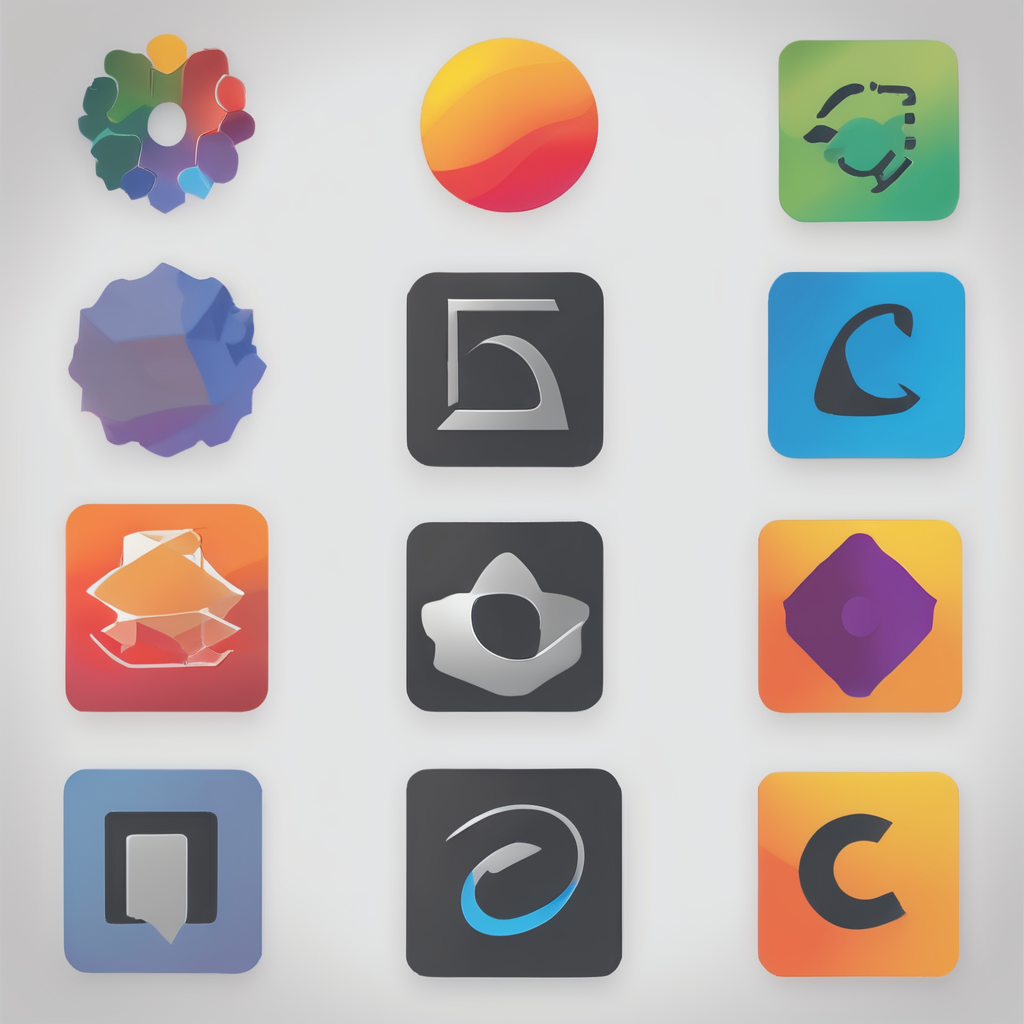Evolution of Sports Broadcasting in the UK
The history of sports broadcasting in the UK traces a fascinating path from the humble beginnings of radio to today’s sophisticated digital platforms. Initially, sports fans would tune in to scheduled radio broadcasts, which offered live commentary but no visuals. This was quickly followed by the rise of early television, providing fans with a visual connection to events but still limited in reach and quality.
The shift from traditional vs modern viewing became evident with the advent of satellite television. The launch of Sky Sports in 1991 marked a significant milestone, bringing dedicated sports channels and pay-TV options that expanded access and choice. Unlike traditional broadcasts tied to fixed schedules, modern platforms allow for greater flexibility, including replays and highlights.
This might interest you : What technological advancements are shaping UK sports?
This evolution continued with on-demand streaming, enabling fans to watch live sports online anywhere in the UK. The transition reflects a broader trend from passive to interactive consumption, where viewers control what, when, and how they watch. Consequently, sports broadcasting history in the UK is defined by continual innovation, adapting to technology and audience demands.
Streaming Services and Enhanced Accessibility
Live sports online have revolutionised the sports streaming UK scene by allowing fans to watch events anytime, anywhere. The rise of dedicated streaming platforms and mobile apps, such as those from major broadcasters, provides unprecedented convenience. Unlike traditional TV schedules, streaming enables viewers to catch matches live or as replays, fitting around busy lifestyles.
In parallel : What technological advancements are shaping UK sports?
Accessibility improvements have further opened up sports to a wider audience across the UK and beyond. For instance, enhanced subtitles, audio descriptions, and customizable screen settings assist differently-abled viewers, ensuring inclusivity. Sports streaming UK providers increasingly prioritise these features, recognising the diverse needs of fans.
Moreover, live sports online platforms have expanded opportunities for international supporters to engage with UK events. Whether following the Premier League or Wimbledon, users from various regions gain easy entry to broadcasts. This global reach reinforces the appeal and commercial viability of sports streaming UK services.
Overall, the growth of live sports online and continuous accessibility enhancements illustrate how streaming services in the UK have transformed viewing habits — shifting from static TV broadcasts to interactive, on-demand experiences tailored to broader and more diverse audiences.
High-Definition Technologies and Immersive Experiences
The shift to HD sports broadcast has profoundly enhanced the quality and engagement of sports viewing across the UK. High-definition visuals offer clearer, sharper images, making every moment—from a fast-paced goal to fine ball details—more vivid and immersive. Beyond HD, 4K sports UK broadcasts deliver ultra-high resolution, quadrupling pixel density and elevating clarity to unprecedented levels. This technology ensures viewers experience sports with exceptional realism, adding depth and texture to every frame.
Immersive technology sports innovations expand this engagement further. Multiple immersive camera angles allow fans to choose perspectives, such as close-ups or aerial views, tailoring how they watch live events. For example, Premier League broadcasts increasingly incorporate these features to enhance viewing control.
Virtual Reality (VR) and Augmented Reality (AR) are also becoming mainstream, especially in top-tier events like Wimbledon. VR replays provide fans a 360-degree view of critical moments, making them feel virtually present on the court. AR overlays supplement live matches with real-time statistics or player data, enriching understanding without interrupting the flow.
Together, HD, 4K, and immersive technologies redefine the sports broadcasting history UK, pushing from traditional viewing constraints towards fully interactive, engaging experiences.
Smart TVs, Mobile Devices, and Multi-Platform Viewing
The rise of smart TVs sports UK has transformed how fans access live sports online, enabling seamless, high-quality viewing on large screens with integrated apps. Smart TVs support multi-device streaming, allowing viewers to switch effortlessly from television to mobile sports viewing without missing a moment. This flexibility suits modern lifestyles, where users often watch games on-the-go or move between rooms.
Mobile devices have become vital for sports broadcasts in the UK, with dedicated apps offering live commentary, real-time stats, and interactive features. Fans can now customise their experience, selecting different camera angles or accessing instant replays on smartphones and tablets. This has redefined convenience and control in sports streaming UK.
Additionally, multi-platform viewing enhances connectivity; viewers can begin watching on a smart TV, pause, and continue on a mobile device. Innovations like cloud syncing and cross-device profiles make this possible, ensuring a consistent live sports online experience. Such technology underlines the shift toward user-centred design in UK sports broadcasting, blending advanced tech with everyday usability to meet diverse fan preferences.
Social Media Integration and Real-Time Engagement
Social media sports UK platforms have transformed how fans interact during live events, creating dynamic spaces for fan interaction and discussion. Platforms like Twitter, Facebook, and Instagram enable instant sharing of thoughts and reactions, making sports viewing a communal experience beyond the stadium or TV screen. Real-time engagement allows fans to comment on key moments, ask questions, and celebrate goals or victories collectively.
How do social media channels enhance live sports viewing? They allow for continuous live commentary sports updates, often supplementing official broadcasts with alternative perspectives, analysis, and behind-the-scenes content. This broadens engagement by involving fan communities directly in the narrative of the game.
Sports clubs in the UK actively use social media sports UK to foster closer connections with their supporters. They post quick reactions, exclusive clips, and interactive content like polls or quizzes, increasing fan participation during matches. Hashtags tailored to events encourage user-generated content, further amplifying involvement.
These real-time tools complement traditional and modern viewing modes by adding a social dimension to sports broadcasting history UK. Together, they enrich the fan experience, making live sports online not just a viewing event but a participatory phenomenon, reflecting the integration of digital communication with athletic entertainment.


